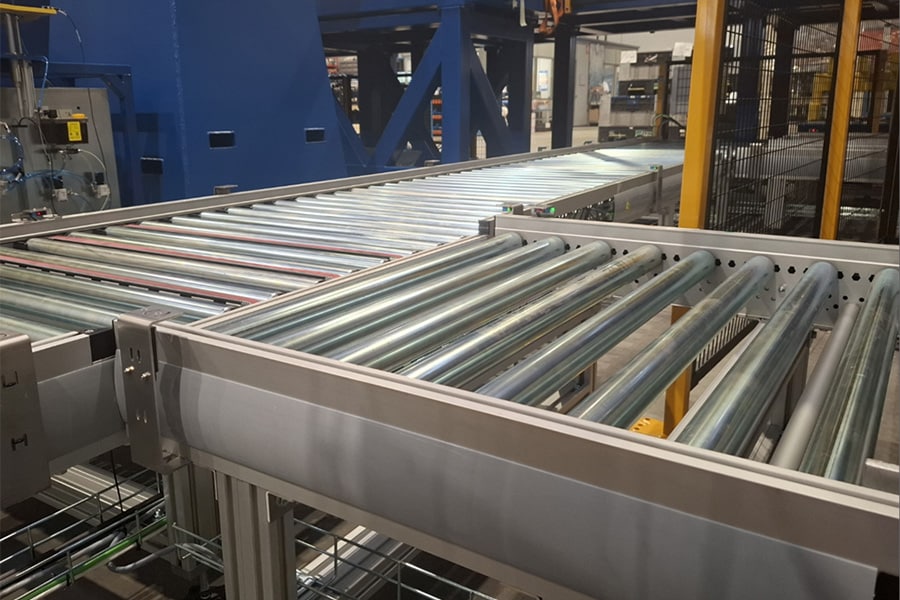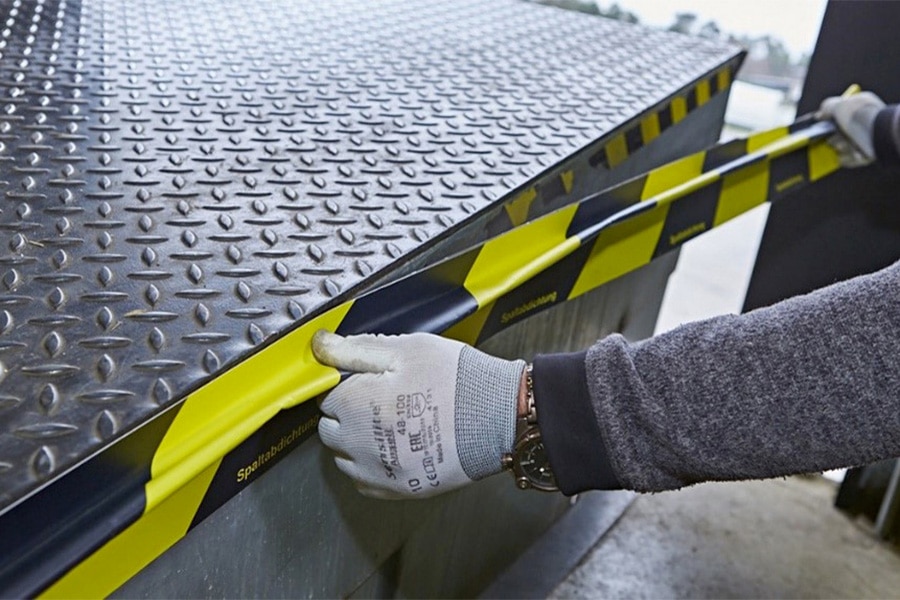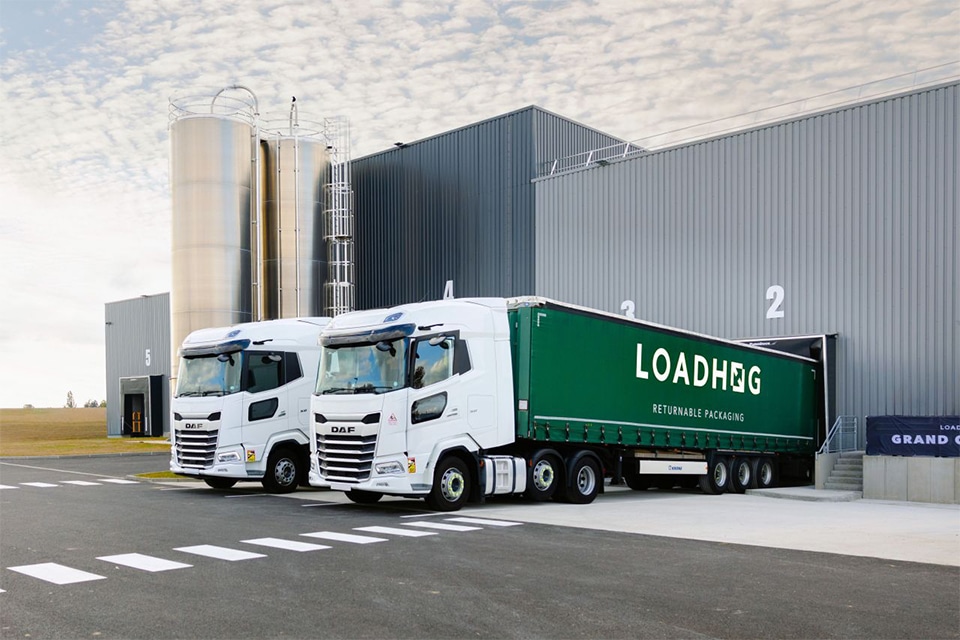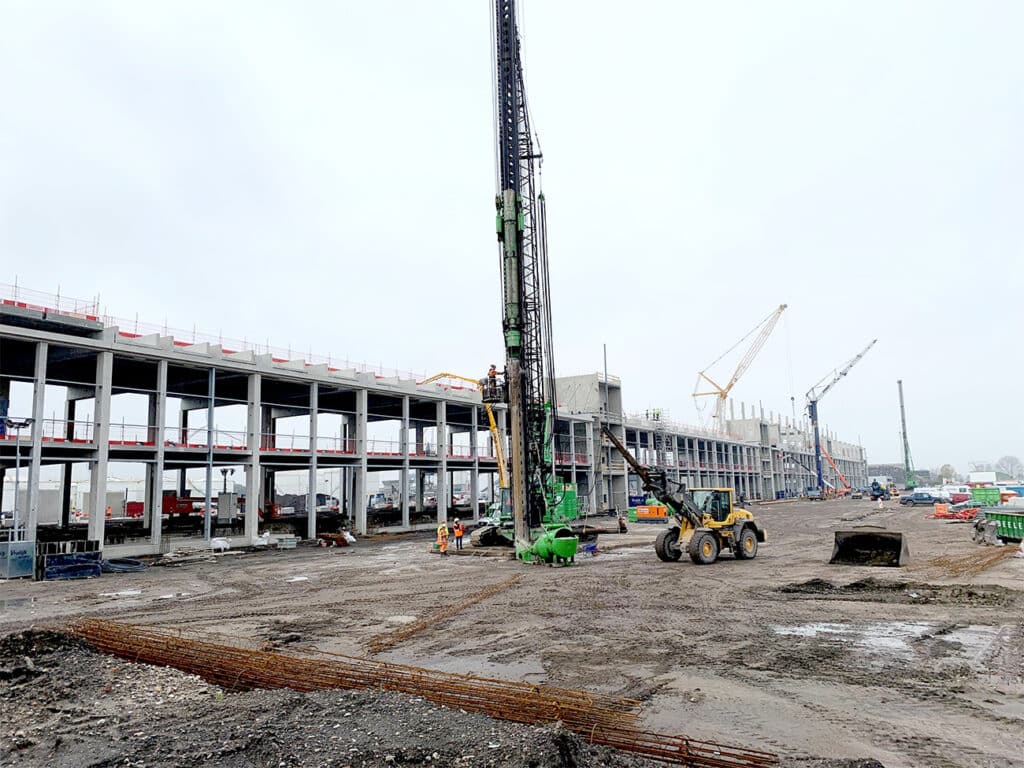
One of the largest precast concrete projects today
In Amsterdam's Westelijk Havengebied, construction of the Netherlands' first XXL logistics and multi-storey city hub began on April 1, 2021. Amsterdam Logistic Cityhub features a spacious two-story distribution hall, mezzanine, high-quality office space and ADR storage, as well as 1,680 covered parking spaces, 200 loading and unloading docks and a private quay. A clever combination of steel and precast concrete was chosen for the shell of this impressive new building. Commissioned by Bouwbedrijf Vrolijk, Holcon BV is responsible for the engineering, production and delivery of the precast concrete shell. The engineering is carried out under the banner of Lincon BV, which also bridges the gap to the design drawings on behalf of Construction Company Vrolijk.
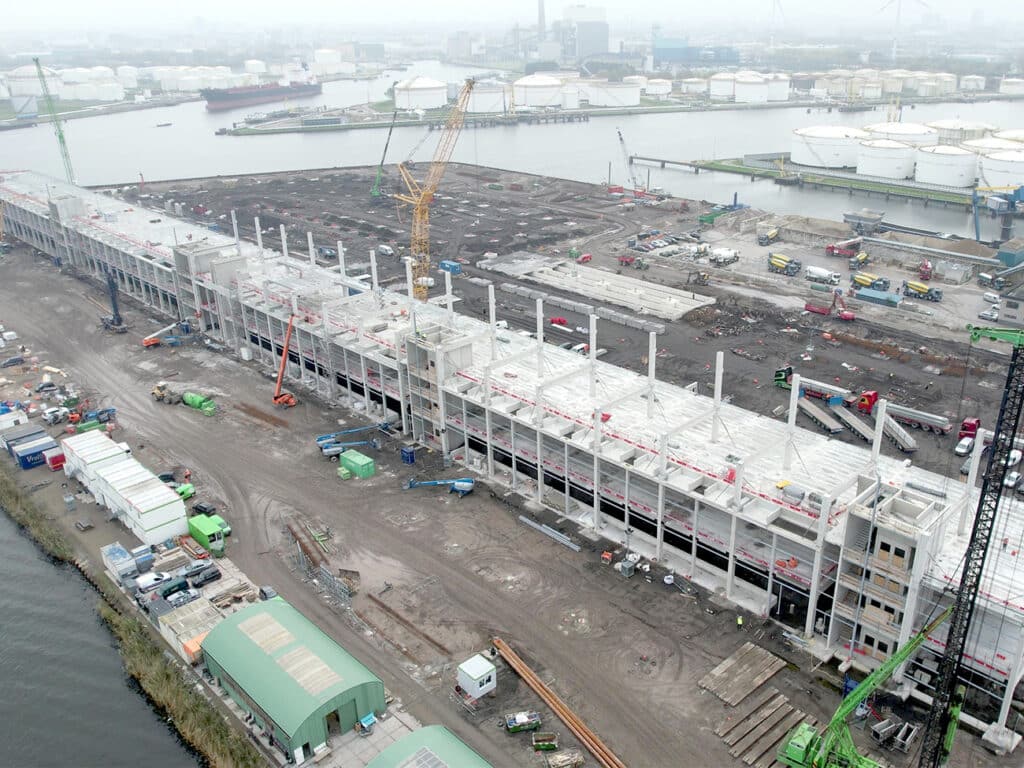
"Our precast systems find their way into all building parts of Amsterdam Logistic Cityhub," says Bas van Oosterhout, project manager at precast concrete producer Holcon BV. "Because of the size of this project, combined with the short lead time, engineering, production and delivery take place simultaneously. At the time of writing this article (late October, ed.), with over 1,800 columns, 1,400 beams, 800 walls and 600 TT plates, approximately 50% of the drawing work is production ready." With about 23,000 cubic meters of concrete to date, this is one of the largest precast concrete projects at the moment, he says. "Our challenge is to produce these large numbers of precast elements in a relatively short time and transport them to the Port of Amsterdam as efficiently as possible. The engineering process is enormously important in this context. We sit down with Bouwbedrijf Vrolijk and Lincon BV on a weekly basis to fine-tune matters. In addition, we have an important role in the engineering phase, in which wishes and possibilities are continuously coordinated. For example, we indicated at a very early stage which molds we would like to work with and which production method we prefer. For example, some of the beams and columns are already pre-tensioned during production, which allows the total amount of reinforcement to be reduced. This not only offers advantages during production and assembly, but also leads to an economically stronger offer. In this way, we are constantly looking for an optimum in engineering, production and price."
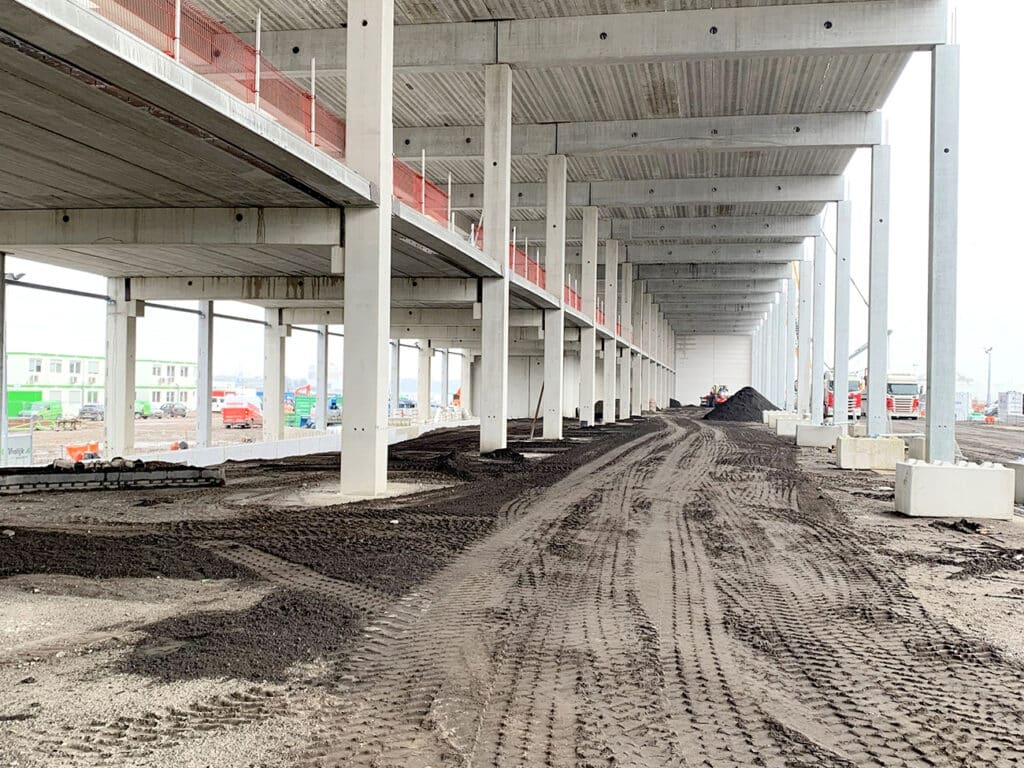
Technically feasible and manufacturable design
Underlying the production and assembly of the precast concrete elements are the drawings of Lincon BV; an engineering firm with roots in the world of concrete and concrete structures. "In collaboration with Holcon BV and Bouwbedrijf Vrolijk, we translate the aesthetic design of Convex Architects and structural design of IMD into a technically feasible and manufacturable design for the precast shell," says director Joost Kooiman. "Because you always have to deal with gaps here, we also bridge the gap between detailed engineering and design drawings on behalf of Bouwbedrijf Vrolijk. What does the architect want? And how did the chief structural engineer interpret this? Does this match with each other? Or are optimizations required in certain areas? But also: what agreements have been made with subcontractors and suppliers? By fine-tuning this at an early stage, no matters fall between the cracks and keep failure costs to a minimum."
As an example, Kooiman cites the request not to place props under the beams during the construction phase. "On behalf of Bouwbedrijf Vrolijk, we broke down the construction into elements that are excellent to produce, transport, hoist and assemble. We then provided the associated detail engineering for Holcon BV. In the various integral consultations, an optimum was always sought for all parties, with the aim of achieving the highest achievable result for each discipline."
Continuous alignment
Uniquely, the north side of the building is already under considerable construction, while the south side is still in the design phase. Quite a challenge, according to Kooiman. "Especially because certain components are inextricably linked. For example, the stability walls on the north side can have a major influence on a piece of detailed design on the south side. This requires continuous coordination: what is already in the work? What parts have already been produced? And what does this mean for the other elements? In this project, we always take four steps forward and one back. Due to the reality of the day, we constantly have to optimize things. This requires knowledge and expertise, which we have plenty of with almost 25 years of experience. Moreover, we can quickly scale up and down when the project calls for it."
'The crane never has to stand still'
All precast concrete elements are produced at Holcon BV's production sites in Xanten and Hattersheim am Main (Germany). Several full ships have already left for the port of Amsterdam from the latter location, according to Van Oosterhout. "Here the products are temporarily in storage, where the facilities for just-in-time delivery are available on demand. In this way we offer the assembly party maximum flexibility. The crane never has to stand still."
